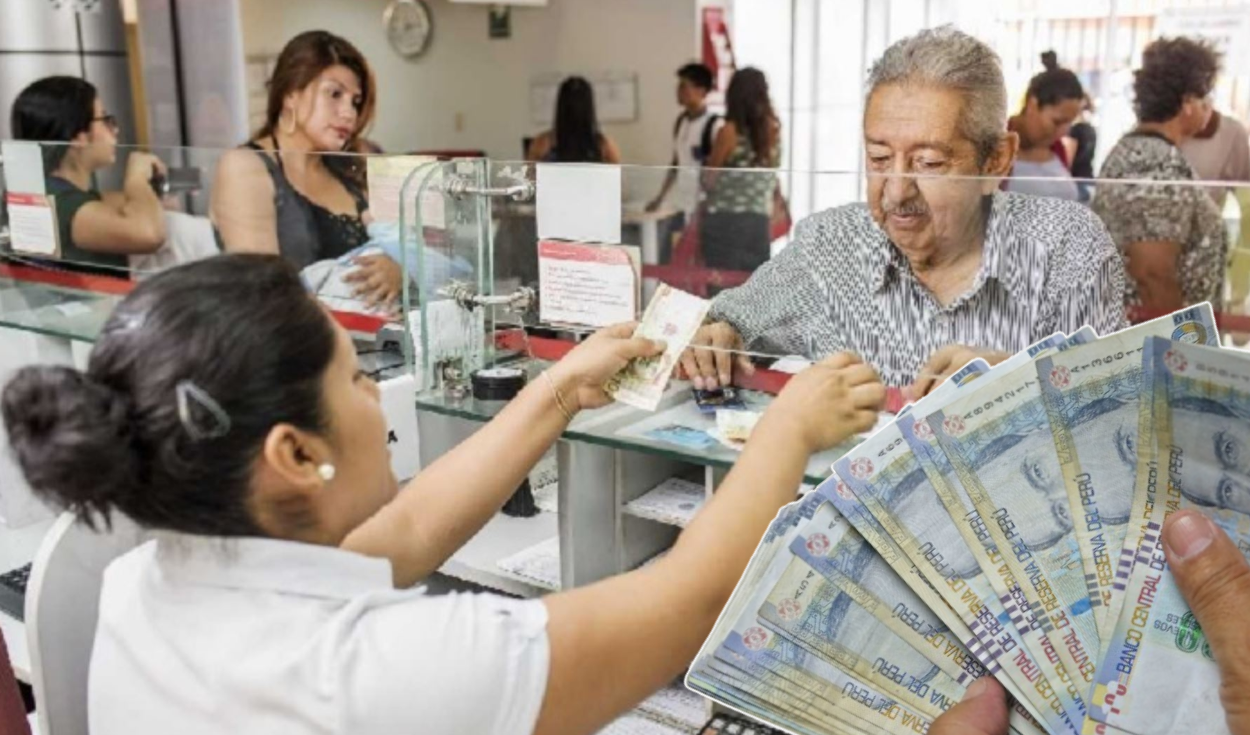
Despite the promulgation of Modernization Law of the Peruvian Pension System No. 32123in Congress there have been three new bills that propose additional retreats from AFP funds, which could affect the sustainability of the system and compromise the financial security of retirees.
One of the principles of the new standard is to guarantee a state support for those who fail to accumulate a minimum pension. However, according to article 5, so that the State complements the necessary resources in these cases, the affiliate must not have made withdrawals of its individual capitalization account (CIC) From the entry into force of the law, on September 24, 2024.
Likewise, article 15 expressly prohibits the total or partial withdrawal of the funds accumulated in the individual accounts of mandatory contributions of the private pension system (Spp), except in specific cases, such as the use of up to 25% of the fund for the purchase of a first home or access to resources in situations of terminal disease or advanced cancer.
In that context, the legislative initiatives presented by the congressmen Américo Gonza (Peru Libre) and Darwin Espinoza (Podemos Peru) to allow the withdrawal of up to 4 UIT (S/21,400), as well as the proposal of worthy street (Podemos Peru) for Authorize retreats for the payment of mortgages, education, unemployment, diseases and even migration, represent a risk to the financial security of retirees.
To date, seven withdrawals have been approved for an amount exceedSBS).
Reform, but not pensions
“In a country where the average wages do not reach S/2,700, it is foreseeable that workers resort to the withdrawal of the CTS or the AFP funds to cover their immediate needs. However, approving new disbursements does not solve the structural problems of the labor market, such as low income and high informality, ”said Christian Sánchez, former Minister of Labor and Employment Promotion, to the Republic.
He head of the Ministry of Economy and Finance, José SalardiNot only did he state recently against an eighth withdrawal from pension funds, but also said that he is “moving forward” in the reform of the pension system. However, for Sánchez, the focus of this reform is poor, since it addresses only the pension aspect without including measures that strengthen the labor market.
“The main challenge is not only to guarantee pensions in the future, but also to improve the current conditions of the workers. Without effective public policies to reduce informality, raise wages and promote collective bargaining, any pension reform that does not go hand in hand with a comprehensive labor reform and a true social dialogue will be convicted, ”warned the former minister.
One of the most questioned aspects of reform is the absence of a level protection system. Instead of establishing a minimum guaranteed pension with shared contributions between the State and employers, the current model leaves each worker with what could have accumulated individually, which deepens the inequality and especially affects employees of Low income already informal workers, according to Sánchez.
In addition, the reform has not addressed key aspects such as the regulation of the commissions that the AFPs charge or the strengthening of the inspection of their performance, which generates doubts about its long -term effectiveness. On the other hand, financing minimal pensions with state contributions for the private pension system, is a distortion of the principle of solidarity.
“There must be a labor reform before a pension reform,” said Sánchez, underlining the need to first address the structural problems of employment in the country.
It should be noted that the regulation of the law must be issued within a period not exceeding 180 business days, that is, until mid -2025.
Purchasing power
In 2024, the Purchasive power of Peruvians fell 9% Compared to 2019, which has led many families to need greater income to cover their basic needs. This situation is aggravated considering that the 70% of the population works in the informal sectorwhere wages are even lower.
To this is added the impact of the inflationwhich in 2021 reached 6.40%, in 2022 reached 8.50%and in 2023 it stood at 3.20%.
“During this period, although prices rose, salaries in the formal sector did not do so, which has reduced the purchasing power of workers,” said Ana Reátegui, ESAN economy professor, to this newspaper.
For his part, Jorge Guillén, a teacher of the same house of studies and finance specialist, said that another problem is the lack of financial education, since many people confuse the purpose of their funds and resort to them without adequate planning. “As the SBS has pointed out, in Peru there is a structural problem of savings,” he warned.
Source: Larepublica
Alia is a professional author and journalist, working at 247 news agency. She writes on various topics from economy news to general interest pieces, providing readers with relevant and informative content. With years of experience, she brings a unique perspective and in-depth analysis to her work.











